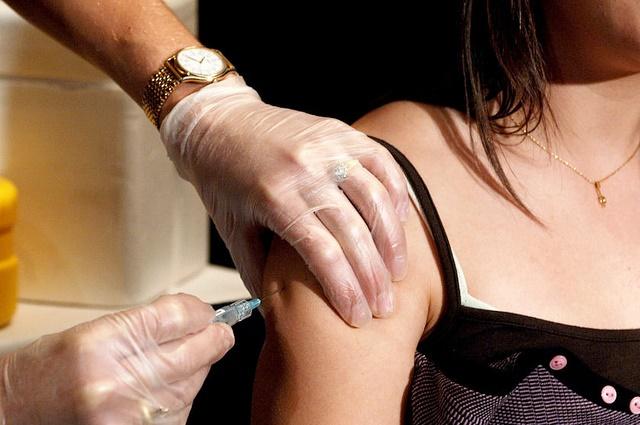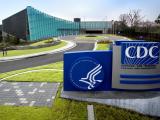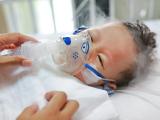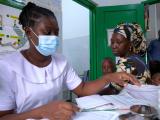The number of adolescents receiving the human papillomavirus vaccine (HPV) rose slightly in 2014 for the second year in a row, mainly due to improved uptake in some parts of the country, but is still low, the Centers for Disease Control and Prevention (CDC) said today.
Trend data come from an annual survey of three routine vaccinations for adolescents ages 13 to 17. Besides the HPV vaccine, the survey looks at uptake for two other vaccines: tetanus, diphtheria, and acellular pertussis (Tdap) and the meningococcal conjugate (MenACWY). The CDC published full details today in Morbidity and Mortality Weekly Report (MMWR).
Uptake lags in girls, boys
At a media briefing today, Anne Schuchat, MD, director of the CDC's National Center for Immunization and Respiratory Diseases, said there were small increases for each of the vaccines, but HPV vaccine coverage still lags far behind the other two.
"Patchwork progress shows a range of coverage across the country," she said, with Rhode Island having the highest uptake for HPV and Kansas the lowest. Other pockets of strong uptake included Illinois, Montana, North Carolina, Utah, and the Chicago and Washington, DC, metropolitan areas.
"The large increase in these areas shows that it's possible to make progress," she said. Overall, 60% of girls and 42% of boys have received at least one HPV dose, reflecting increases of 3 percentage points for girls and 8 percentage points for boys.
However, as a nation there is still a big challenge with HPV uptake, she said. Four of 10 girls and 6 of 10 boys haven't yet received their first dose in the three-dose series.
That compares with 87.6% Tdap uptake nationwide, which is up from 84.7% the year before, and 79.3% for MenACWY, up from 76.6%.
Most people who have HPV—the most common sexually transmitted disease—don't know they are infected. The virus has been linked to several cancers, including cervical, oral, and anal. The CDC recommends that girls and boys be vaccinated starting at age 11 or 12, so they can develop immunity before they are sexually active.
Possible strategies
Schuchat urged health providers to offer the HPV vaccine at the same time that Tdap and MenACWY are given and added that not getting a physician's recommendation and incorporating the vaccine into immunization routines amounts to a missed opportunity.
A variety of good practices in parts of the country that have strong HPV vaccine uptake include teaming up with cancer prevention groups, health provider education, and reminder-based immunization systems.
The National Immunization Survey-Teen (NIS-Teen) is a large nationally representative survey, which this year included phone survey responses covering 20,827 adolescents. The responses are verified by mailings to health providers.
See also:
Jul 30 MMWR report
Jul 30 CDC press release





















